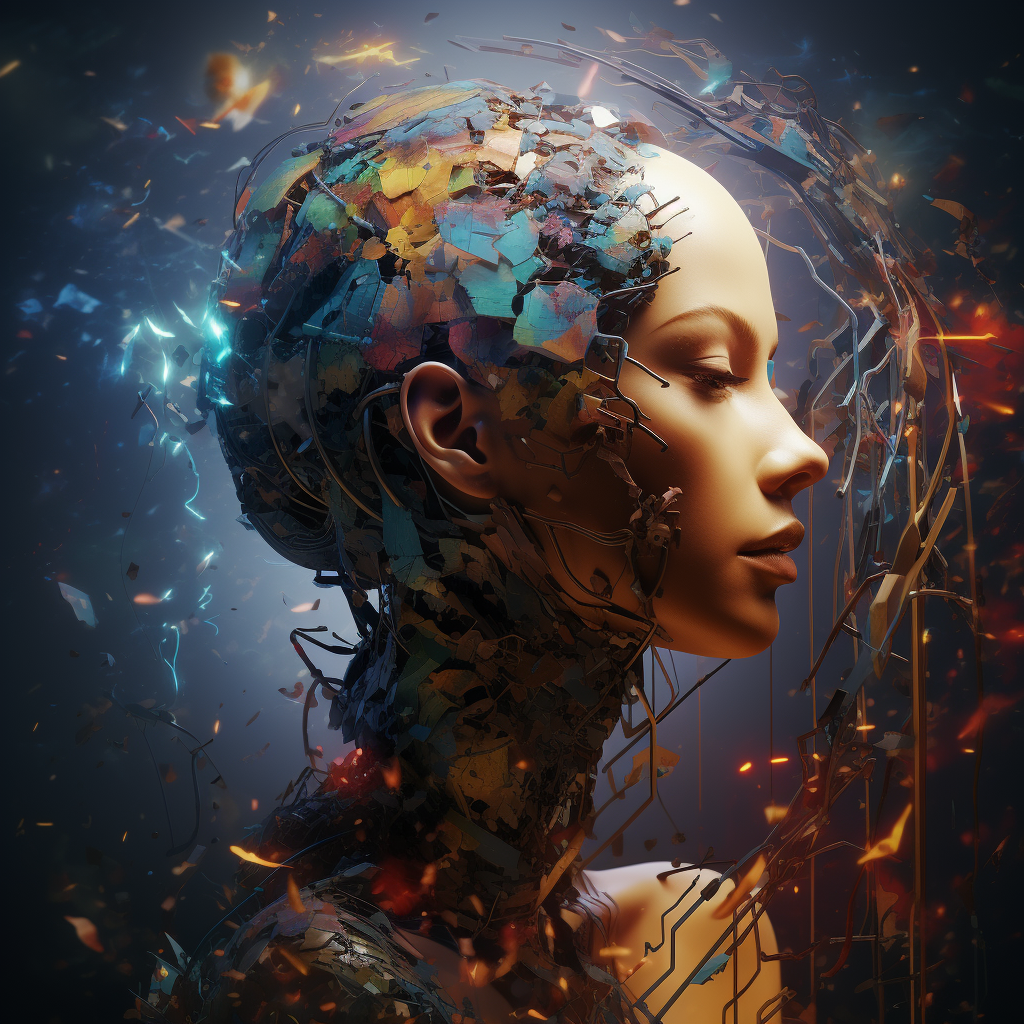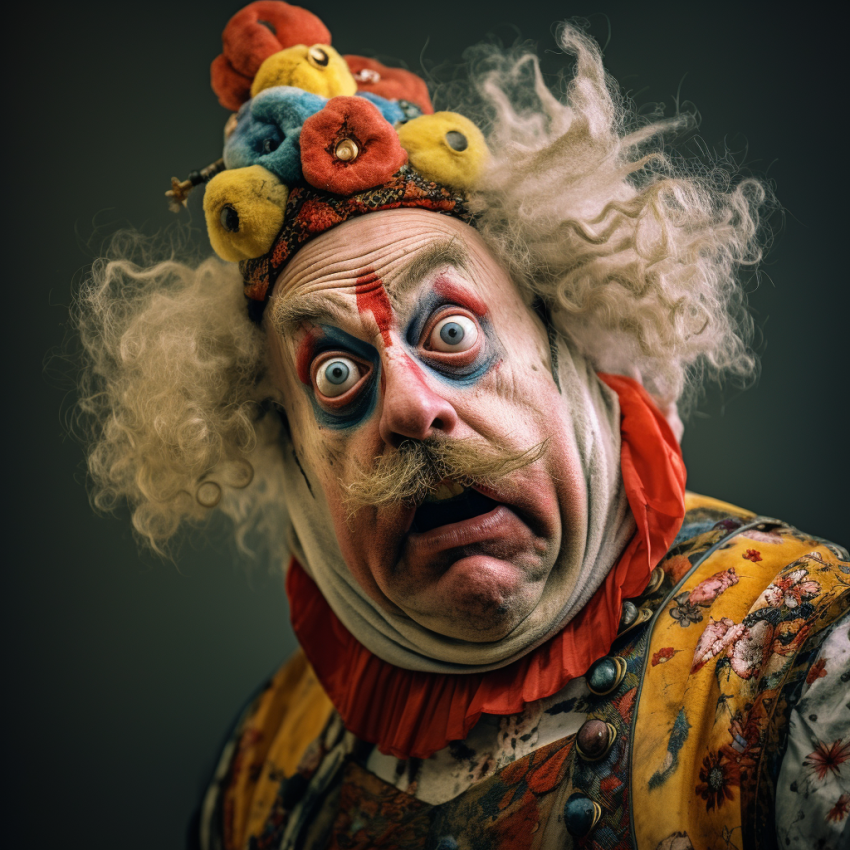The Future of Art Unveiled: Exploring the Impact of Text-to-Image Technology
In the ever-evolving landscape of technology, the fusion of artificial intelligence and creativity has opened up new frontiers for artistic expression. One groundbreaking development that’s turning heads in the art world is text-to-image technology. As we delve into this transformative tool, we’ll explore its implications for the future of art and how it’s reshaping the way we perceive and create visual masterpieces.
It’s difficult to predict exactly how the technology of text to image AI will affect the future of painters, but here are a few potential scenarios:

- Enhanced creativity: Text to image AI could potentially serve as a tool for painters to enhance their creativity and explore new ideas. By inputting text descriptions of scenes or concepts, painters could use AI-generated images as inspiration or as a starting point for their own paintings.
- Increased competition: On the other hand, if text to image AI becomes sophisticated enough to create high-quality images that are indistinguishable from those created by human painters, it could lead to increased competition for traditional painters. This could make it more difficult for painters to sell their work or find clients.
- New career opportunities: Alternatively, the development of text to image AI could create new career opportunities for painters who specialize in creating content for AI systems. For example, they could be hired to create text descriptions that are used as input for the AI system, or to provide feedback on the generated images to help improve the system’s accuracy.
Overall, the impact of text to image AI on the future of painters is uncertain, but it’s clear that the technology has the potential to both enhance and disrupt the traditional practice of painting.
Understanding Text-to-Image Technology
Text-to-image technology leverages the power of artificial intelligence to generate visual content based on textual input. This innovative approach allows artists and creators to translate words, descriptions, or concepts into vibrant and intricate visual representations. Gone are the days when artists were limited to traditional mediums; now, the canvas extends to the digital realm with limitless possibilities.
Unleashing Creative Potential

The advent of text-to-image technology marks a paradigm shift in the creative process. Artists can now conceptualize and communicate their ideas in a more fluid and dynamic manner. With just a few lines of descriptive text, intricate and detailed visuals can be brought to life, enabling creators to explore the depths of their imagination without the constraints of traditional artistic methods.
Democratizing Artistic Expression
One of the most promising aspects of text-to-image technology is its potential to democratize artistic expression. As this technology becomes more accessible, individuals with varying levels of artistic skills can unleash their creativity. This inclusivity fosters a diverse range of voices and perspectives in the art world, challenging traditional notions of who gets to be an artist.
Bridging Language Barriers
Text-to-image technology has the ability to bridge language barriers in the art community. Artistic concepts and visions can be shared globally, transcending linguistic limitations. This opens up new avenues for collaboration and cross-cultural exchange, fostering a richer and more interconnected global artistic community.
Challenges and Ethical Considerations
While the prospects of text-to-image technology are exciting, it’s essential to address potential challenges and ethical considerations. Questions about intellectual property, authenticity, and the role of the artist in the creative process arise. Striking a balance between the convenience of technology and preserving the authenticity of artistic expression will be crucial for the responsible evolution of this tool.
The Evolution of Art Galleries and Exhibitions
As text-to-image technology gains prominence, traditional art galleries and exhibitions are likely to undergo a transformation. Virtual galleries, augmented reality installations, and interactive exhibits could become the new norm. This shift not only enhances the viewer’s experience but also challenges our understanding of what constitutes a “gallery-worthy” piece.
Looking Ahead: The Intersection of Art and Technology
The integration of text-to-image technology into the artistic landscape signals a new era of boundless creativity and accessibility. The democratization of artistic expression, the breaking down of language barriers, and the evolution of art spaces all contribute to a future where the intersection of art and technology knows no bounds.
As we navigate this exciting frontier, it’s crucial for artists, technologists, and enthusiasts alike to engage in open dialogue about the ethical considerations and challenges that may arise. By embracing the possibilities and responsibly navigating the uncharted waters of text-to-image technology, we can collectively shape a future where art continues to inspire, provoke, and unite us all.
There are number of ways which has potential to significantly impact the future of art

Here are some potential implications:
- New forms of digital art: Text to image technology could enable new forms of digital art that incorporate AI-generated images. This could include interactive installations or immersive experiences that respond to text input in real-time.
- Increased accessibility: For people who are not skilled in traditional art techniques, text to image technology could offer a new way to create and share art. With a few words, anyone could potentially generate an image that captures their creative vision.
- Ethical considerations: As with any technology, there are ethical considerations to consider. For example, the use of text to image technology could raise questions around authorship and ownership of artwork. If an AI system generates an image based on text input, who owns the resulting artwork?
- Disruption to the art market: If AI-generated art becomes more widespread, it could disrupt the traditional art market. Buyers may be less interested in purchasing art created by human artists if they can obtain similar works at a lower cost generated by AI.
Overall, the future of art with the development of text to image technology is uncertain, but it is clear that the technology has the potential to bring about significant changes in how we create, experience, and value art.
